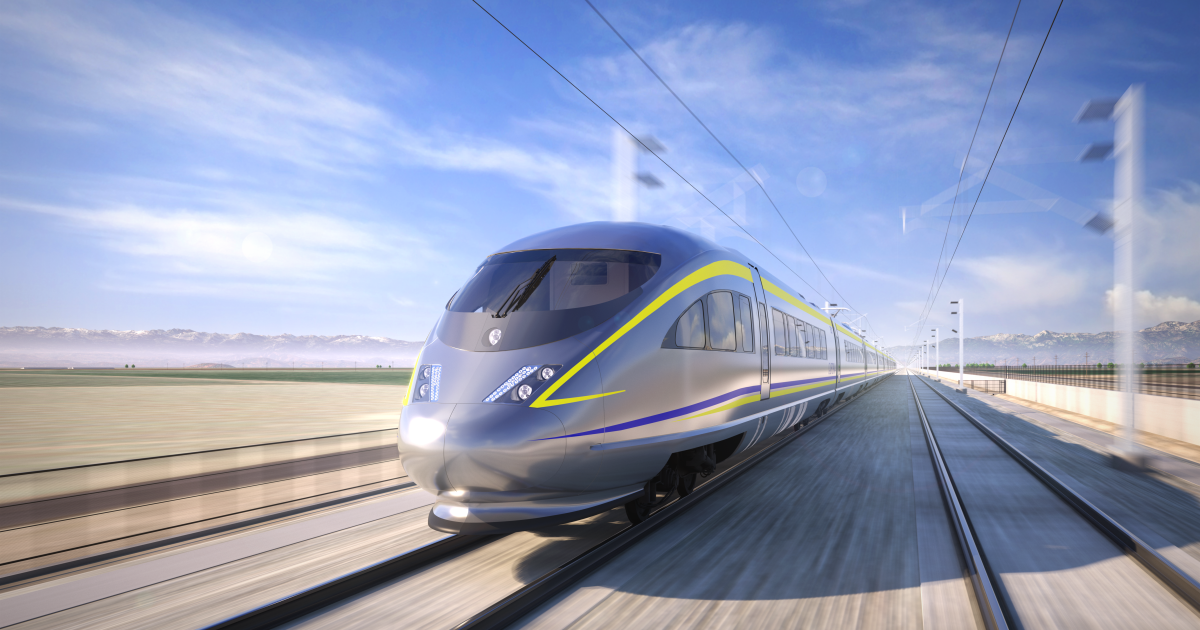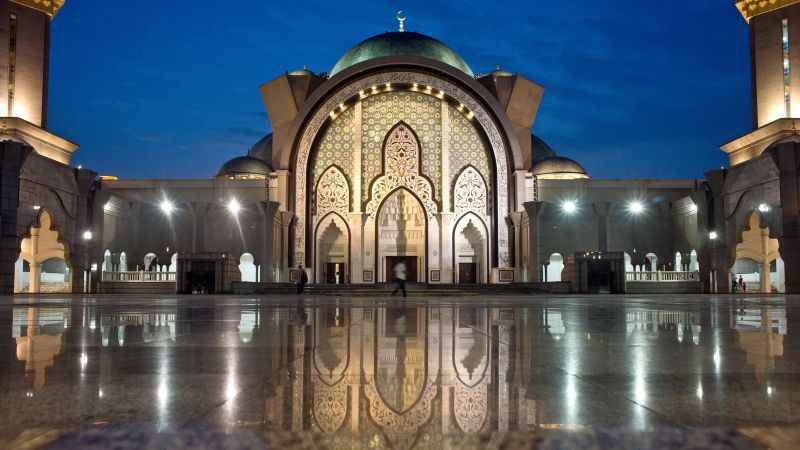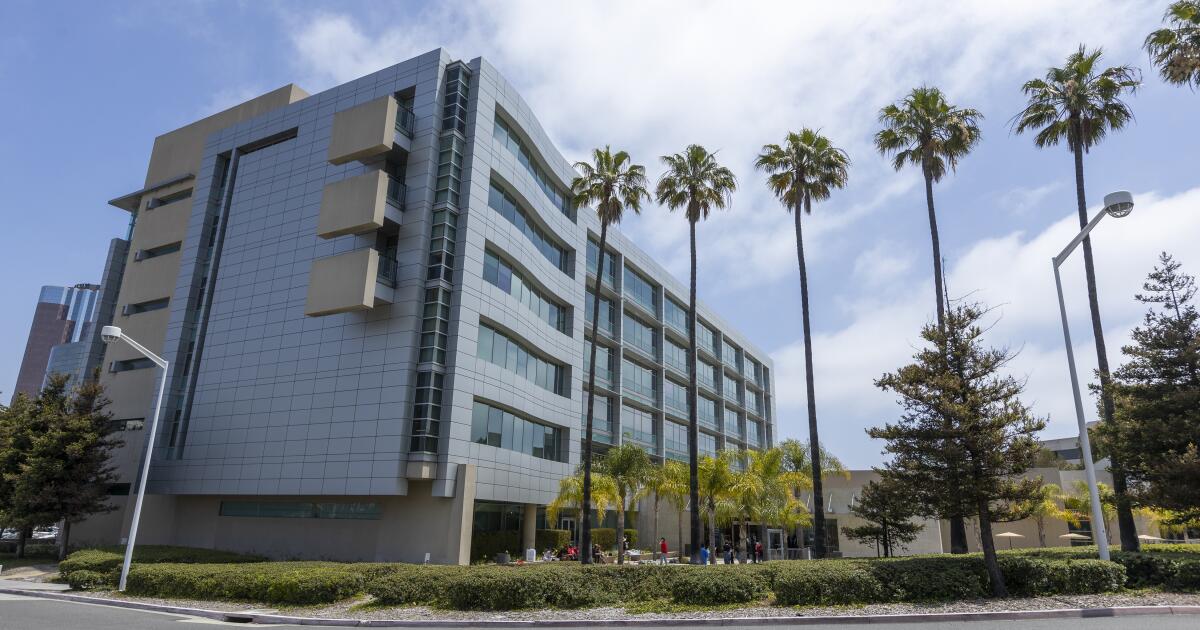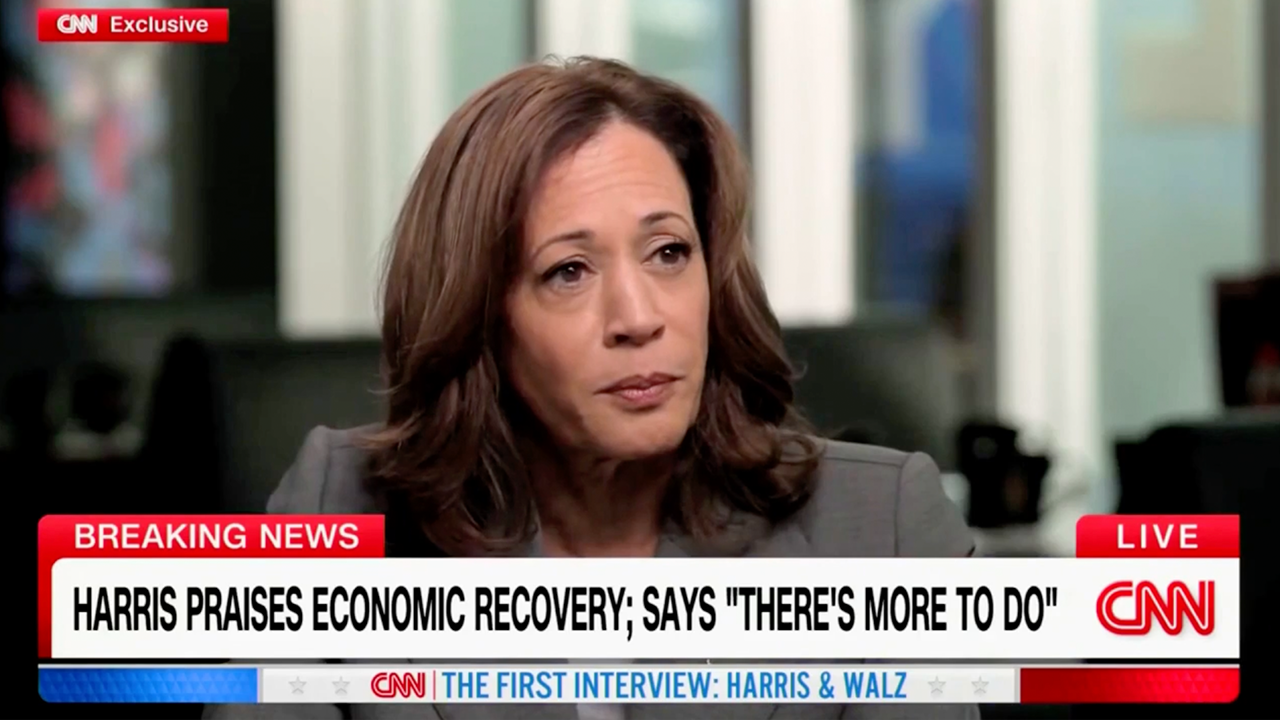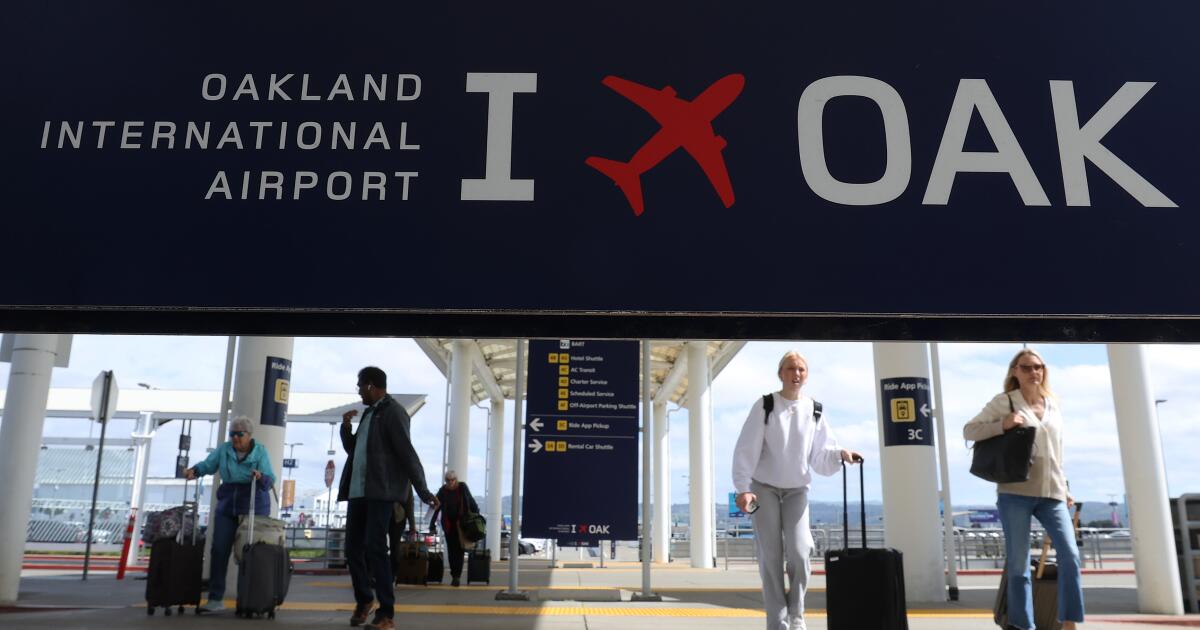Since the first plans for the California High-Speed Rail Project, the segment connecting the Central Valley to Los Angeles has been plagued by controversy and technical conundrums. Political pressure and other concerns eventually moved the route away from the Grapevine and across the Tehachapis to the Antelope Valley, where it is planned to run along the State Route 14 corridor into the San Fernando Valley.
A final environmental review was released Friday for a critical 38-mile stretch from Palmdale to Burbank. If approved by the authority's board next month, the entire route between Los Angeles and San Francisco would be environmentally cleared for construction.
The California High-Speed Rail Authority's board of directors is expected to make a decision in late June on whether to accept the document, which includes several possible route variations taking into account concerns about cost, aesthetics and environmental impacts raised. by community members over the past two years.
“This environmental document is the culmination of years of analysis and stakeholder engagement and is a major milestone in connecting high-speed rail between two of our major metropolitan centers, San Francisco and Los Angeles,” the agency said in a statement. outgoing authority chief executive Brian Kelly. .
The state has spent approximately $144.5 million developing plans for the Palmdale-Burbank section. Approval of the environmental review would remove one major hurdle, but others remain. While the agency has secured funding for the 119 miles of construction currently underway in the Central Valley, billions of dollars are still needed to complete the line in the rest of the state that have not yet been secured.
The preferred route from Palmdale to Burbank is a 38-mile stretch that would connect the Palmdale Transportation Center to the Hollywood Burbank Airport. It would include four tunnels between 12 and 13 miles in length and would operate underground through the Acton area, the Angeles National Forest and the San Gabriel Mountains National Monument to reduce impacts on communities and environmental resources. The trip between the two stations would take about 15 minutes.
“Palmdale to Burbank might be the most interesting engineering section of the entire line. The tunnels will be some of the longest rail tunnels in the Western Hemisphere,” spokesman Jim Patrick said.
The project's only longer tunnel would be the 13-mile stretch at Pacheco Pass in Santa Clara County.
The Palmdale-Burbank plan is expected to be considered at the June 26-27 board meeting in Burbank.
“If our board approves this document and the proposed project at its summer meeting, we will have environmentally cleaned up 463 of the 494-mile Phase 1 system between the Bay Area and Los Angeles/Anaheim,” Kelly said.
The more than 30-mile segment between Los Angeles and Anaheim is currently under the first phase of an environmental review. The process to complete the review is expected to take more than a year.
The board previously approved the final environmental review for the segment between Union Station and Burbank.
The plan for the Burbank to Palmdale portion is available for public review between now and the June board meeting. At that time, the board could approve the plan and select a preferred route. If the board needs additional time for the review, Patrick said he could delay the approval process or request a reconsideration and reopen it for public comment.

